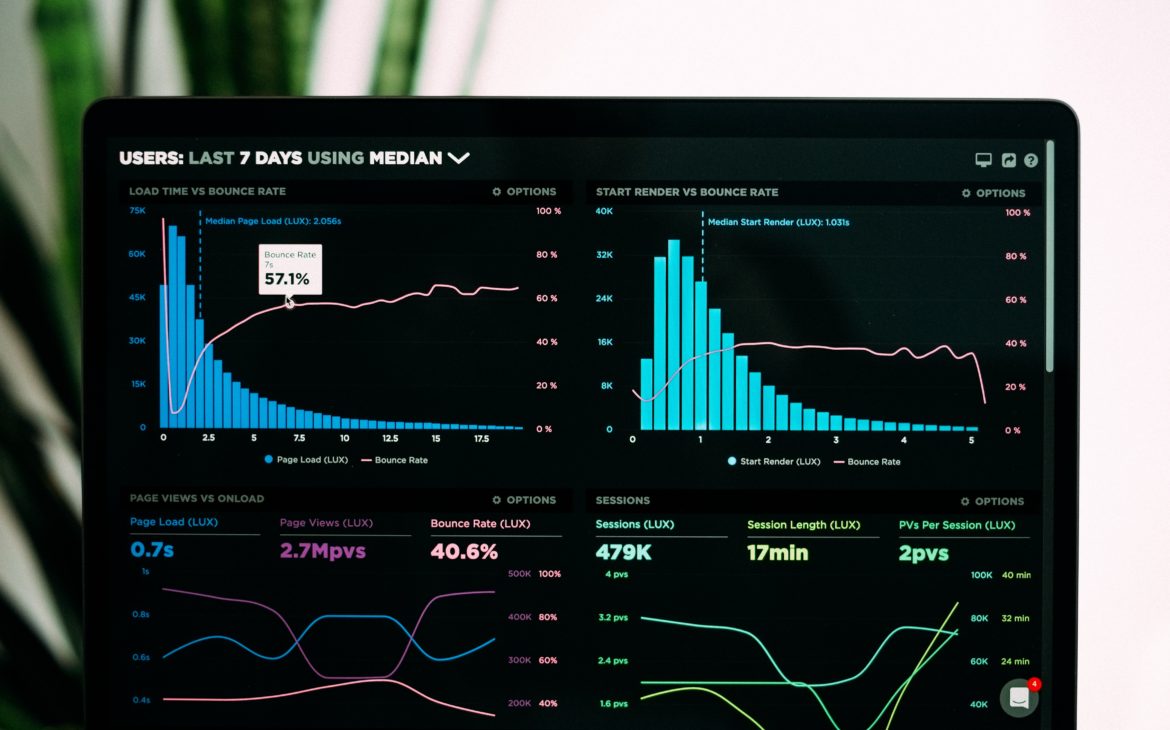Large-scale surveys that collect data from large groups of people, like those run by the U.S. Census Bureau, post-operative surveys, and customer voice surveys, can be a valuable data collection method for research. As with anything, data quality is imperative for accurate reporting. Each survey type and collection method requires special care to ensure data quality. From market research to customer satisfaction, surveys can be used to gain information from people about a topic, a process, or a service. Data analysts will sometimes be involved in the process of developing a survey, and they will more than likely be involved in working with the data that is collected from surveys.
Considerations for Using Surveys
When designed properly and shared effectively, surveys provide a valuable source of data for research, insight, and analysis. A great deal of thought is required in the development of surveys, including the answer types used and how the results are presented. The questions should be accurate for what we are trying to determine through the survey and should be free of bias.
One way you might see bias in a survey is the use of leading questions or questions that prompt certain responses or sway the survey results based on word choices, tone, and how the question is framed. An example of a leading question would be, “How awesome was your customer service today?”, with the answer options “extremely awesome,” “awesome,” and “somewhat awesome.” Considering the language and overall tone of this question, you can see how it leads someone toward a positive experience. It would be difficult to accurately gauge the customer experience by these answers, particularly if it was negative.
Another consideration for an effective survey is whether the provided answer options are detailed enough to elicit a useful response. For example, if only yes or no responses are provided for the question “Are you satisfied with our customer service experience?”, valuable details may be missed about the customer service experience (particularly if the answer is no). Further, the answer you get may not be entirely accurate because you are forcing respondents to default to a yes or a no, when they may have been in the middle. For example, consider a customer who is typically happy but a little frustrated with the service at the moment; neither option really fits. In this case, the answers cannot help inform the process of creating a better customer service experience.
Types of Survey Answers
Surveys often contain a variety of answer types, such as single option, multiple choice, Likert scale, and text-based responses. In addition, some surveys will have built-in logic that will generate questions based on answer responses. Answer types should be carefully chosen to capture the information that is needed by an organization for a particular question.
Imagine that an organization wants to survey customers to see if they would purchase new service. Let’s ask the same question in different ways according to different answer types, and see how the answer type might impact the data.
-
Single choice: Customers can only provide a single answer. We might ask, “Would you purchase the new service?” In response, customers can reply yes or no.
-
Multiple choice: Customers can select between multiple options. We might ask, “Would you purchase the new service?” In response, customers could choose one of a few options, such as “in the next six months,” “in the next 12 months,” or “I would not be interested in this service.”
-
Likert scale: A scale is used to gain details about customers’ agreement with or attitude toward certain topics. We might ask, “How likely are you to purchase the following services?” Customers can then select the applicable option from a scale that ranges from “not very likely” to “extremely likely.”
-
Text-based: Text-based answers allow for more detailed, written feedback. We might ask, “Tell us your thoughts about this new service.” Customers would then provide in their own words an answer in a free-form text box.
These are the types of surveys from which data can be examined nicely.
Conclusion
From this we got to know what are surveys for collecting data, and why is it important that a survey provides well-written questions and appropriate answer choices. We also got to know what are some common answer types you will find on most surveys.
Read More: How do data analysts visualize their data?





